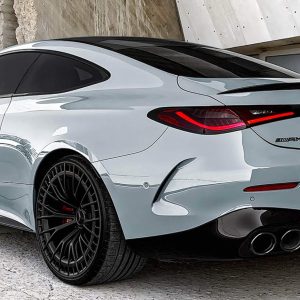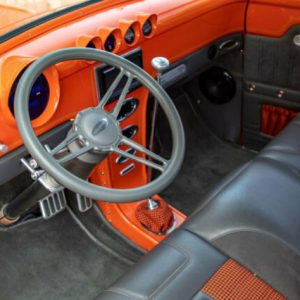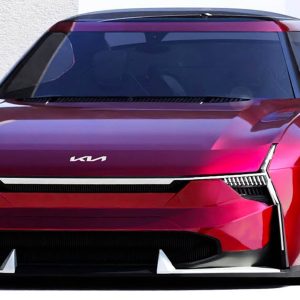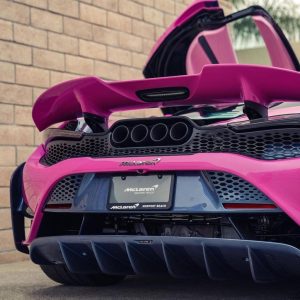The Bugatti Type 57G Tank ‘aerodynamic mule’ is the first of only three examples built, and the sole surviving example following WW2. As the first Bugatti sports car to win a major race, we sent Rémi Dargegen for a rendezvous with the legendary racer at the Simeone Foundation Automotive Museum.
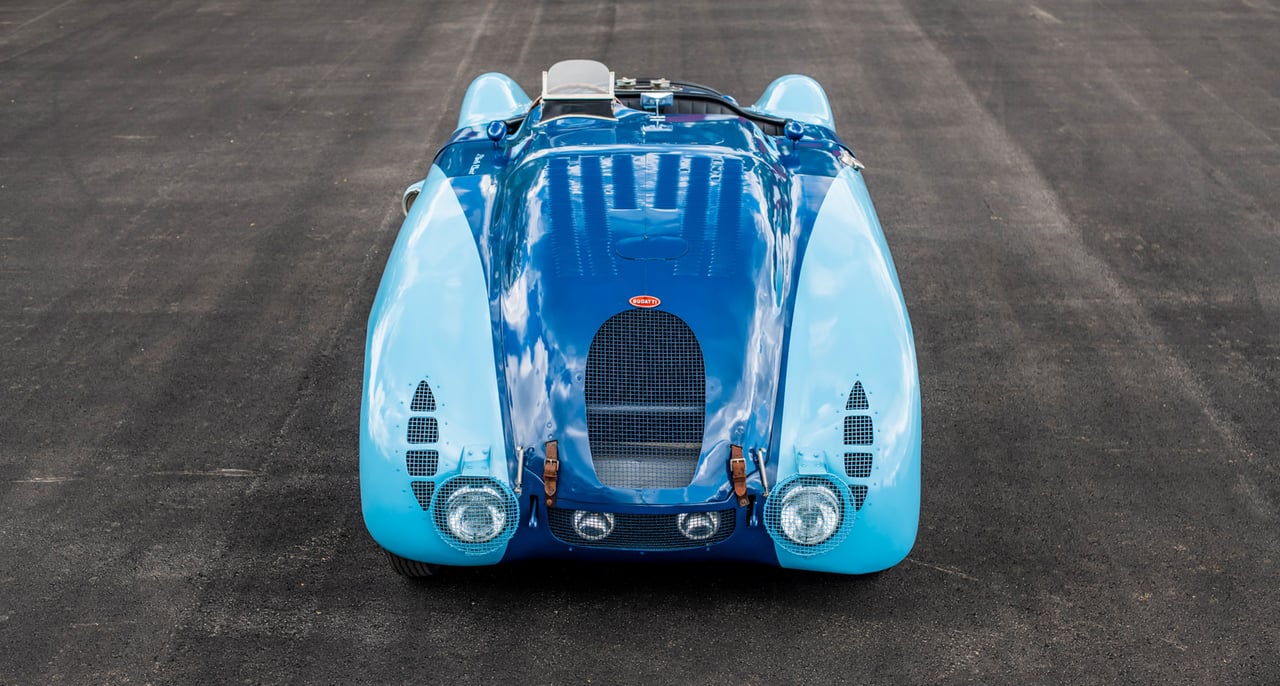
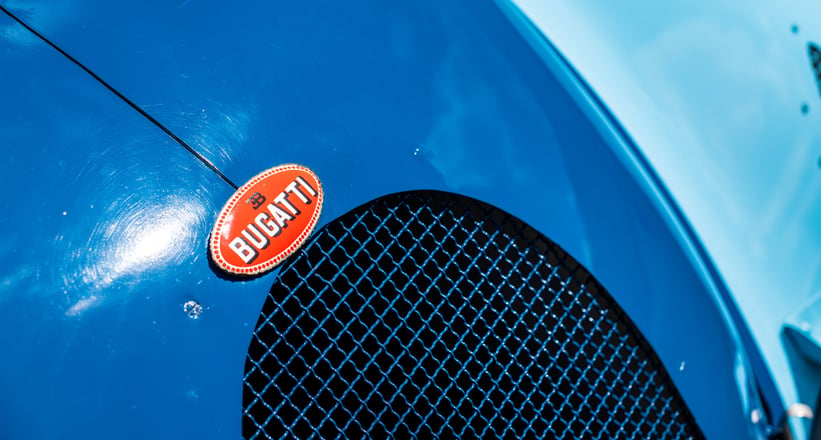
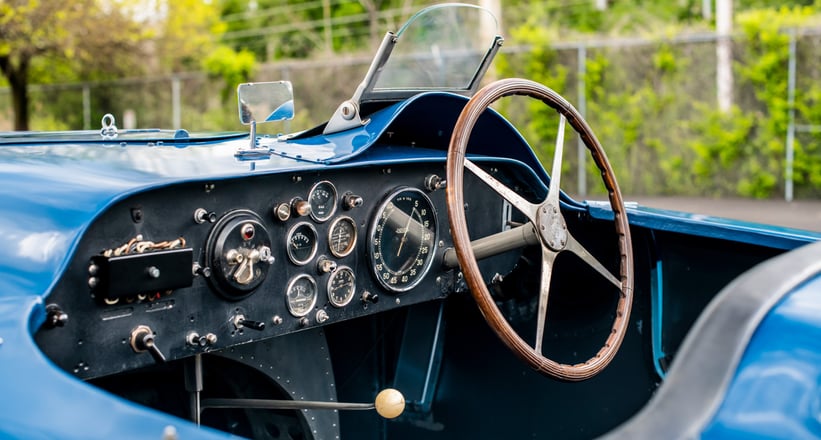
Almost 100 years on, it’s hard to imagine that in the years leading up to the Second World War, sports car development was still continuing at a pace. Just a few years before tanks began to traverse Europe, Bugatti had built a tank of their own, however, this wasn’t a machine of war, but rather a weapon intended to dispatch foes on track.
The story of the Bugatti Type 57G ‘Tank’ begins in early 1936, when the Molsheim-based firm’s engineers had just designed a special racing version of the Type 57S engine fitted with a lighter crankshaft. They draped the chassis in an unusual streamlined body that enveloped the wheels, referring to it as “the aerodynamic mule.” This is the car you see here, which currently resides with the Simeone Foundation Automotive Museum, who kindly allowed us access to the car for this story.
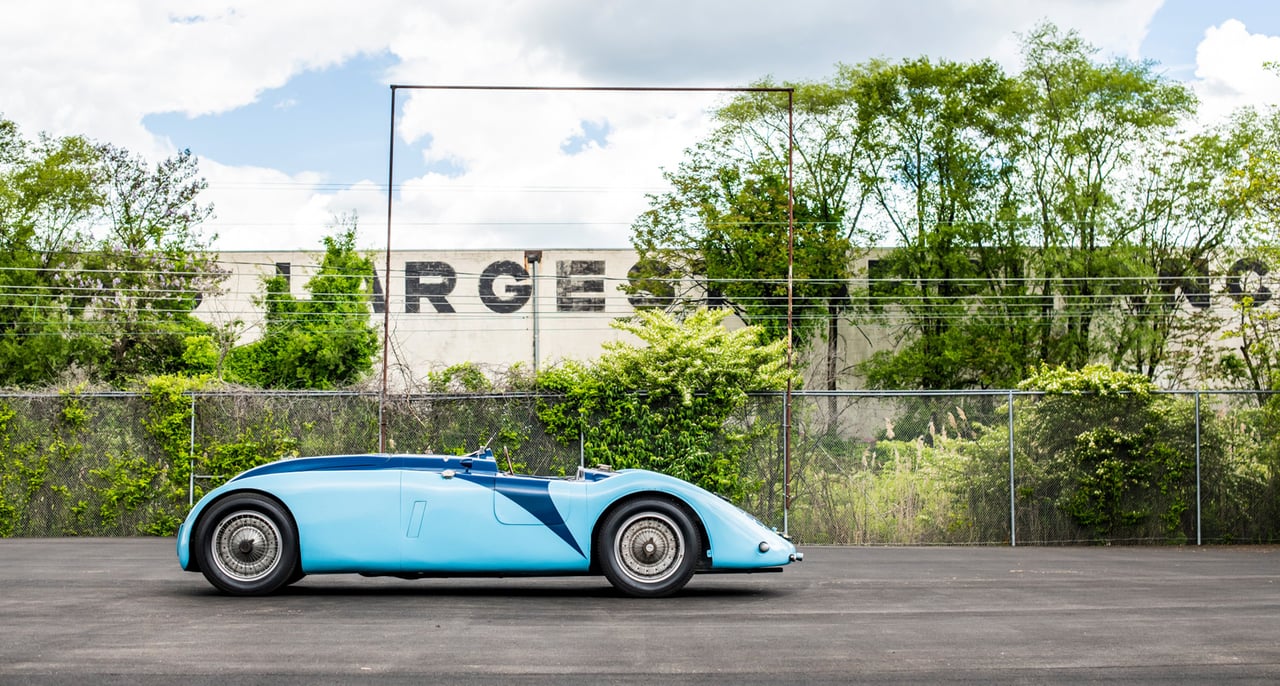
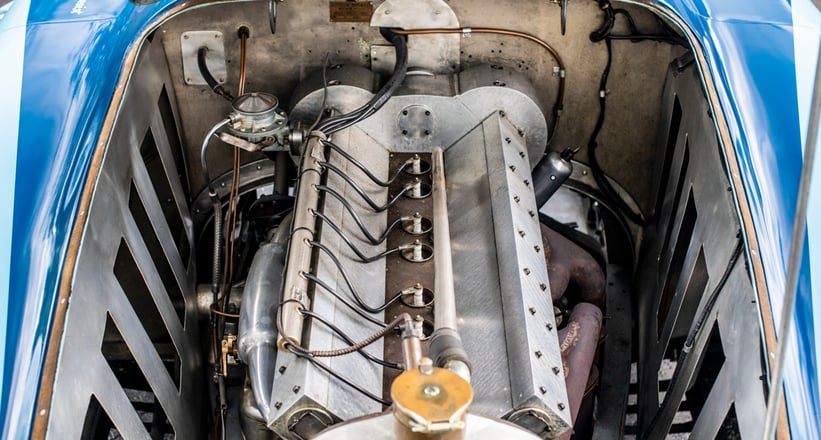
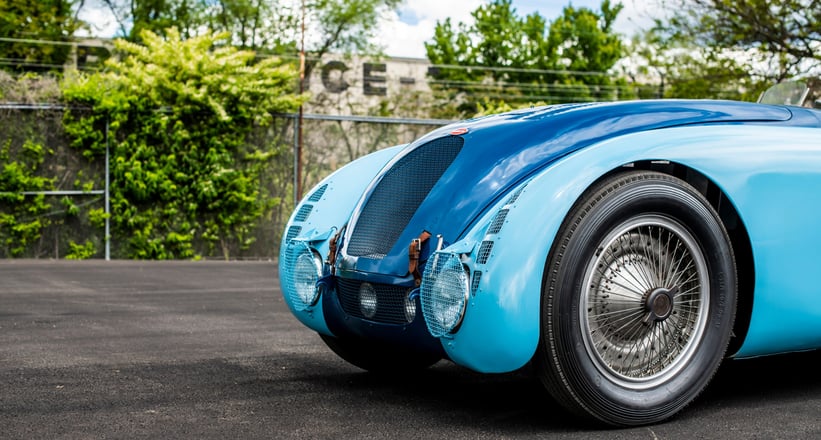
June 1936 would be a crucial month for Bugatti. Just as testing of the Type 57G was well underway, the Automobile Club of France Grand Prix announced they would allow the participation of “Grand Touring Cars,” meaning the Type 57G’s first bout was just around the corner. Days before the Grand Prix of the Automobile Club of France for sports cars was held at Montlhery, Bugatti assembled two more Type 57Gs. However, it was the aerodynamic mule that would seize victory, easily winning the race at an average speed of 125.228 km/h for just shy of 8 hours.


Just one week later, the aerodynamic mule would do battle again, this time at the Grand Prix de la Marne held at Rheims, with Jean-Pierre Wimille piloting the car to another stunning victory at an average of 140.245 km/h. The Tank cleary had an affinity for high-speed and long-distance stints, and in October 1936, Robert Benoist and Pierre Veyron looked to see just how far they could push this aerodynamic mule. Together, the pair covered 500 miles in 3 hours and 56 minutes, averaging 204.390 km/h. In the process, they set records for 100 kilometres, 100 miles, 200 kilometres, and claimed the record for 1 hour at an average speed of 217.941 km/h. To give an idea of just how high Bugatti had set the bar, it wouldn’t be until 1965 that these records would finally be broken by the Shelby Daytona Coupe.
However, the aerodynamic mule managed to squeeze in one more jaw-dropping display of speed and endurance before the year was up, with Jean-Pierre Wimille, Pierre Veyron, and William Grover-Williams setting an international record at an average speed of 200 km/h over 24 Hours during a race held at Montlhery.

1936 had been a mic-drop of an introduction for the Type 57G, but 1937 would be the year that cemented the Tank in the history books as the first Bugatti to prevail in a major sports car race. In June 1937, Jean-Pierre Wimille and Robert Benoist won the 24 Hours of Le Mans at the wheel of this incredible aerodynamic mule, but how do we know it was this exact car that secured so many victories and records for Bugatti? According to automotive historians, the aerodynamic mule possessed a number of body modifications that distinguished it from the other two examples. The aerodynamic mule’s more extensive pre-competition testing would explain its edge over its two siblings, and Ettore Bugatti’s clear affection for the car also seems to correlate.
Thus far the Bugatti Tank’s name had been associated with nothing but on-track success, and in 1939 a more developed version of the Tank — known as the Type 57C — won again at Le Mans. Later that year, Jean Bugatti, who frequently tested his family firm’s prototypes, took the Le Mans-winning car for a drive on the Molsheim-Strasbourg road, where he was forced to swerve to avoid a drunken cyclist, causing him to lose control and crash into a tree, tragically ending his life at age 30.


Returning to the story of the aerodynamic mule, following the victory at Le Mans in 1937, Mr. Bugatti stashed the incredible racer away in his small museum at Molsheim. However, in 1940, before the Germans marched through France, they transferred the prototype to Bordeaux, with the car unfortunately overturning en route resulting in a damaged hood. As for the other two examples, one was lost in 1936, while the other — which dropped out of Le Mans in 1937 — participated once more at Le Mans in 1939 as a test car before also disappearing without a trace.

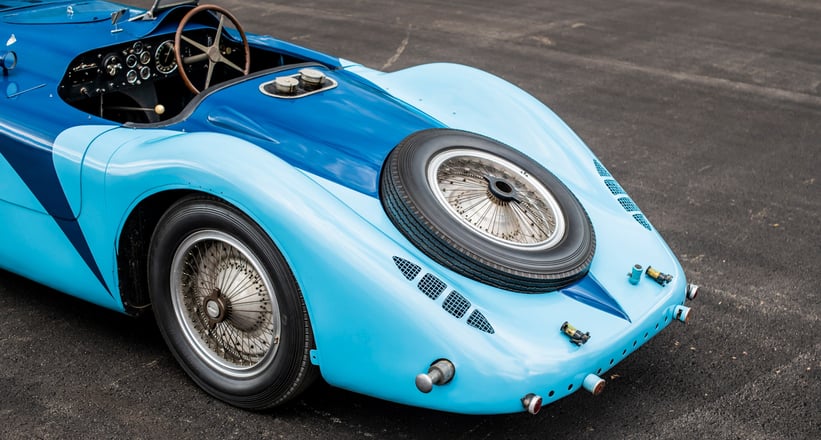
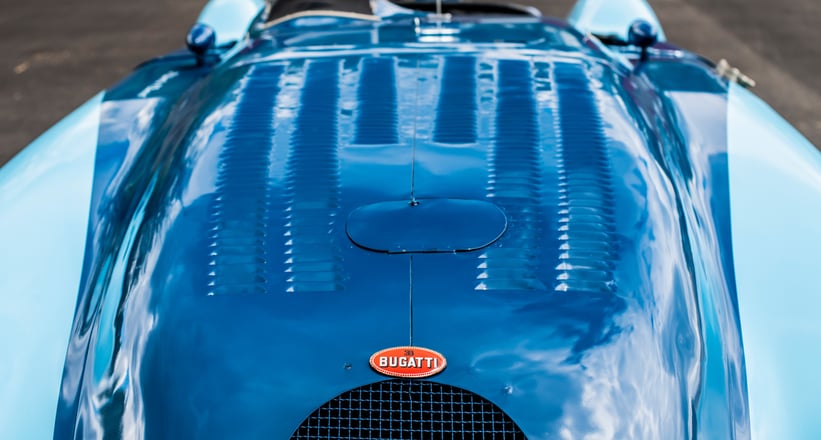
The aerodynamic mule was later restored at the Bugatti factory, with a proud worker even painting ‘Benoist’ and ‘Wimille’ on the fender. At some point, European car dealer Jean DeDobeleer managed to extract the car from the factory against company policy, and later refused to return it, resulting in the termination of their relationship. DeDobeleer would later relinquish the car to United States-based importer Gene Cesari, who brought the Tank across the pond in 1961.

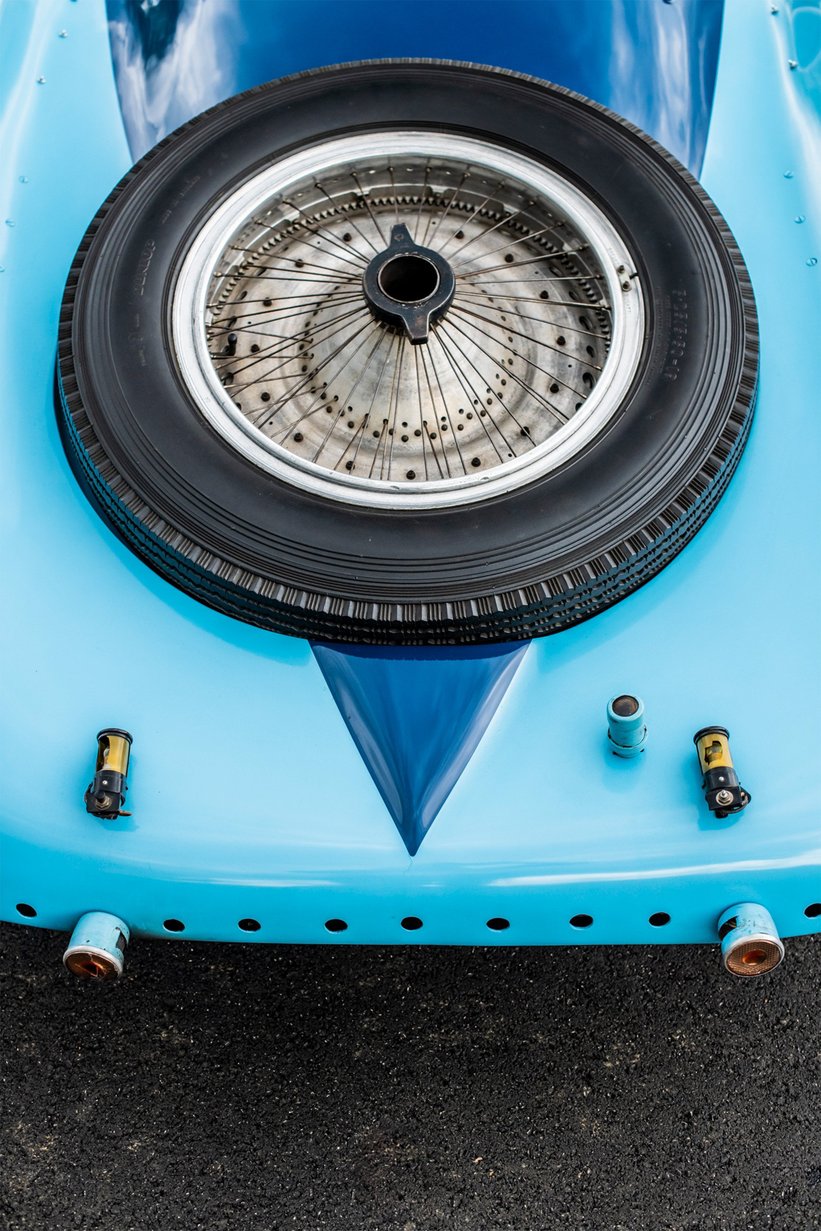
In 1968, Colonel Eri Richardson agreed on a sale with Cesari and devoted the next several years to restoring his prized Bugatti. Richardson made three trips to the remains of the Bugatti factory, retrieving the original tachometer, an extremely rare Bugatti carburettor, the unique head, the oil cooler, and several other unique pieces that could have only belonged to the sole surviving Type 57G. Convinced he had acquired the parts necessary to reassemble an all-original car — aside from the block — Richardson finally embarked on a meticulous and sympathetic restoration with an uncompromising commitment to originality.
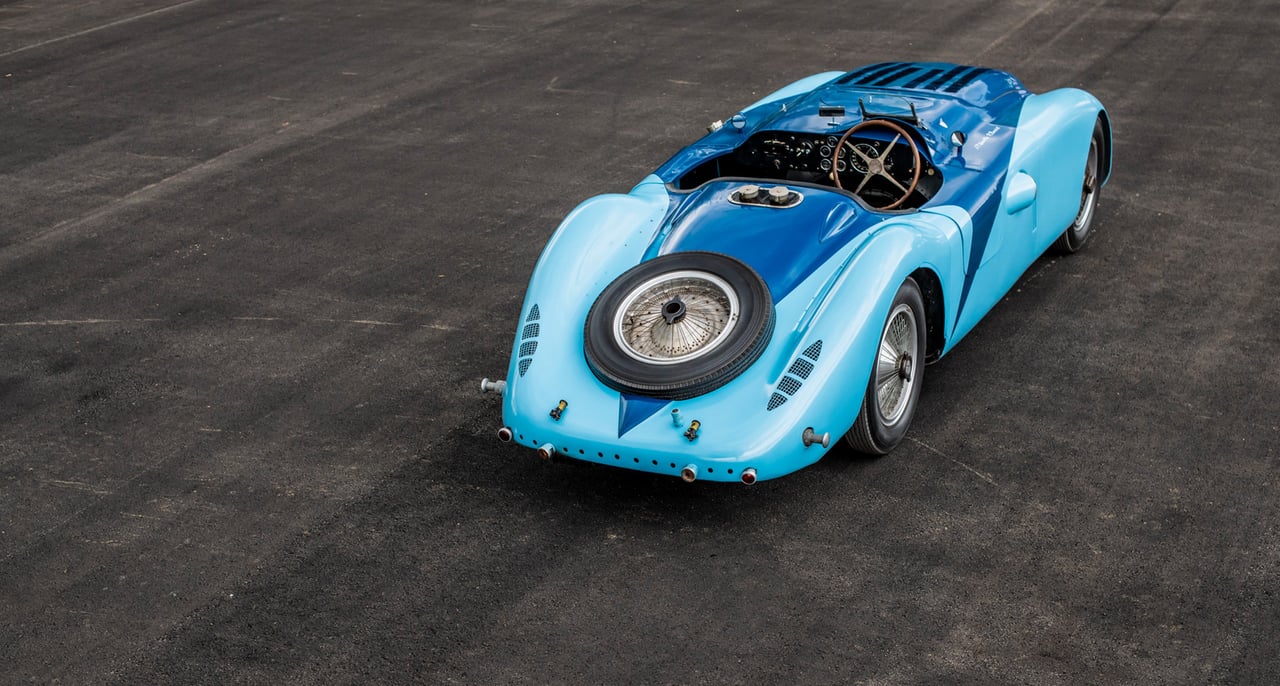


Despite the Bugatti in his collection, Richardson was not a wealthy man and eventually succumbed to an irresistible offer from Bugatiste extraordinaire Uwe Hucke, who later passed the car on to Nicolas Seydoux. Finally, the Simeone Foundation Automotive Museum’s founder, the late great Fred Simeone, acquired the aerodynamic mule as part of a swap involving his Ferrari 212 Touring Barchetta. According to his family, Mr. Simeone never imagined he would have the opportunity to own such a spectacular automobile, and perhaps it should be no surprise that he said if he could keep just one car from his collection, it would be this incredible Type 57G. At present, the wonderfully-patinated car remains unrestored since the 1960s and has participated in the Goodwood Festival of Speed, as well as the Pebble Beach Concours d’Elegance, where it won the Pebble Beach Trophy.
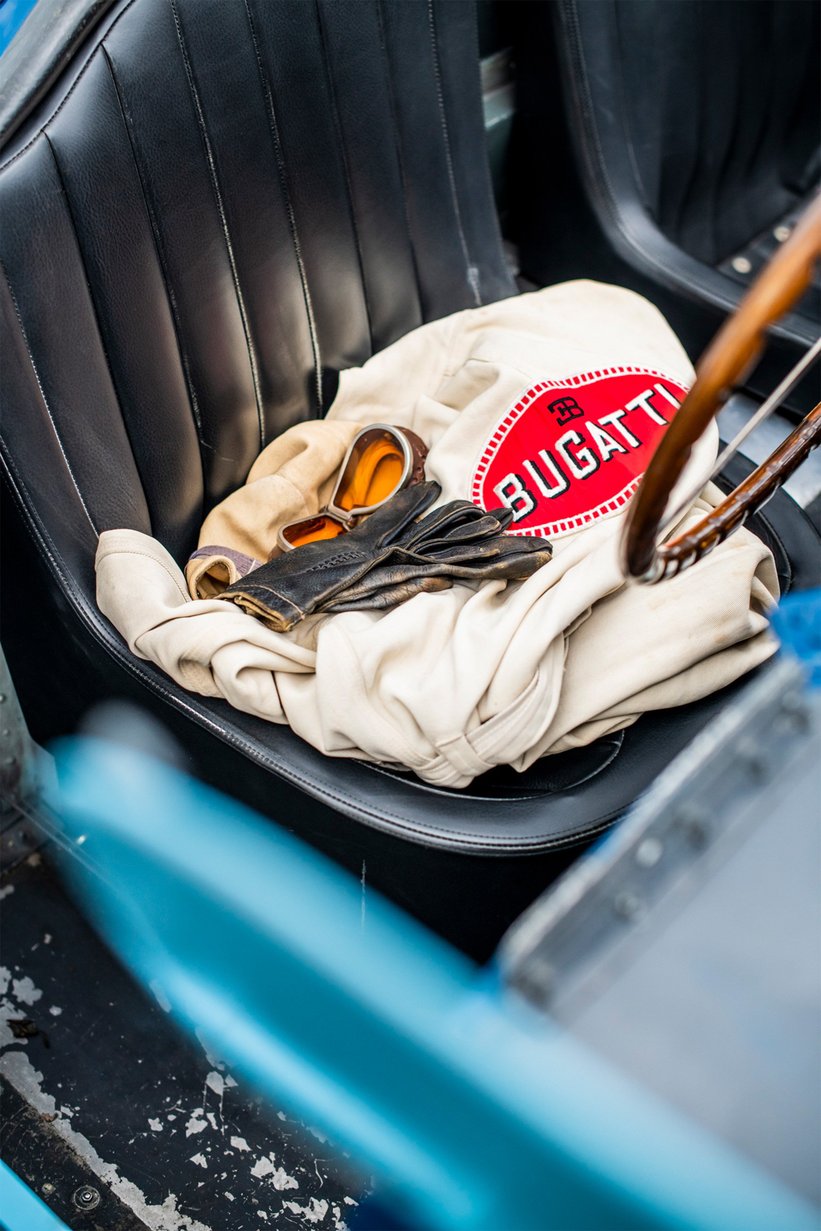

Today, this sole-surviving example of the Type 57G Tank remains one of the most fascinating and successful cars in Bugatti’s history; a testament to Ettore Bugatti’s vision, the skill of the Bugatti works racing drivers, and the passion and care of Fred Simeone and the car’s previous custodians. In 2024, Bugatti is world renowned for building some of the fastest supercars on the planet, but perhaps none of that would have been possible without the success and reputation earned by this incredible aerodynamic mule.
Photos by Rémi Dargegen
